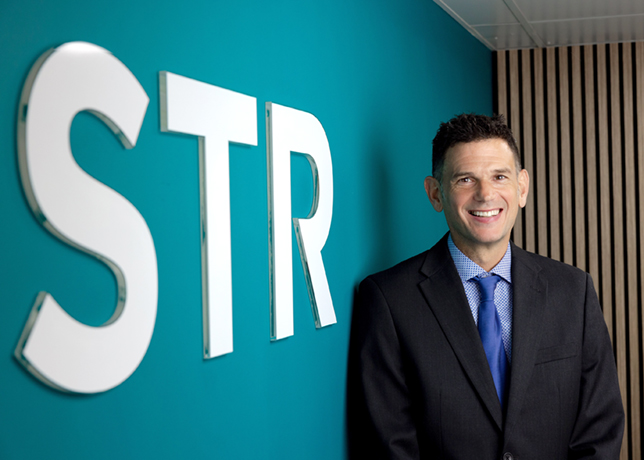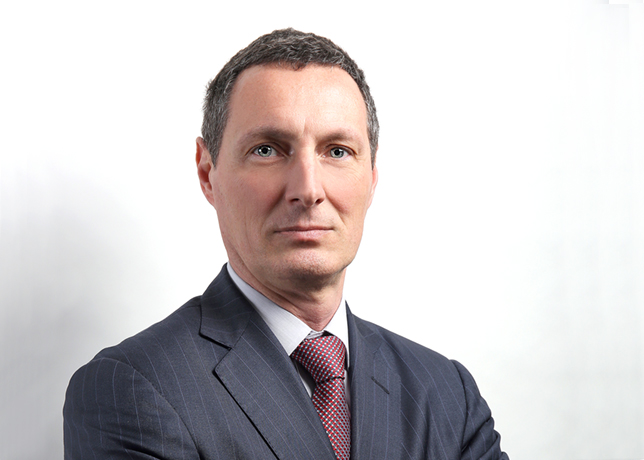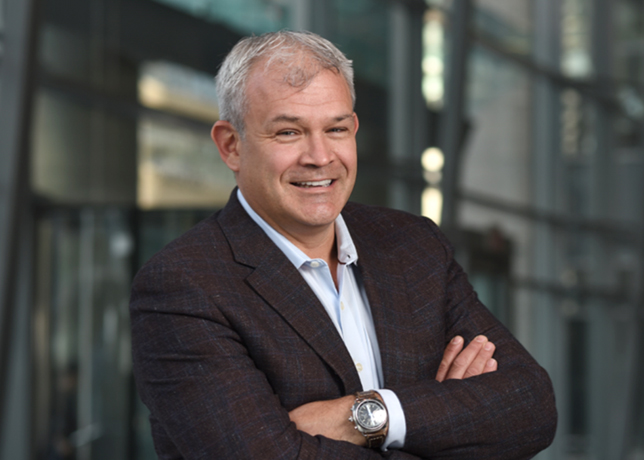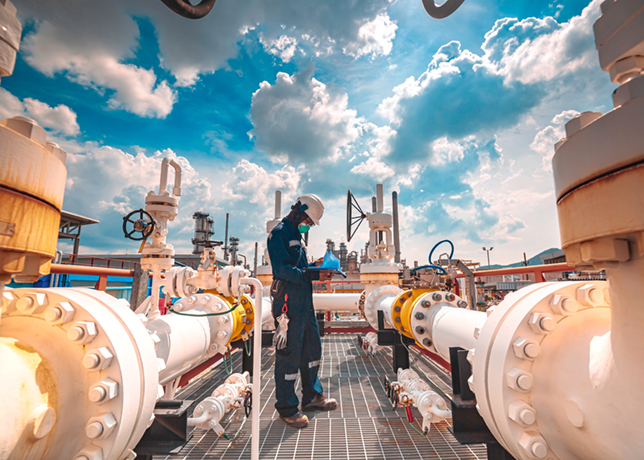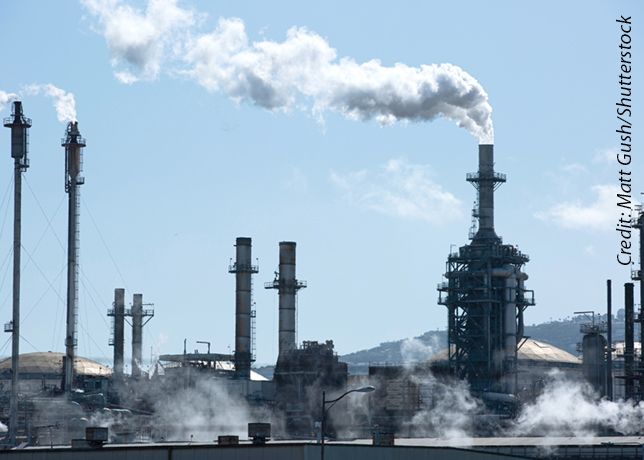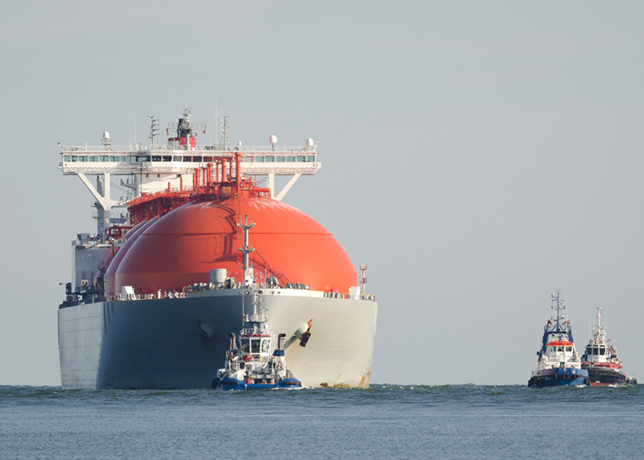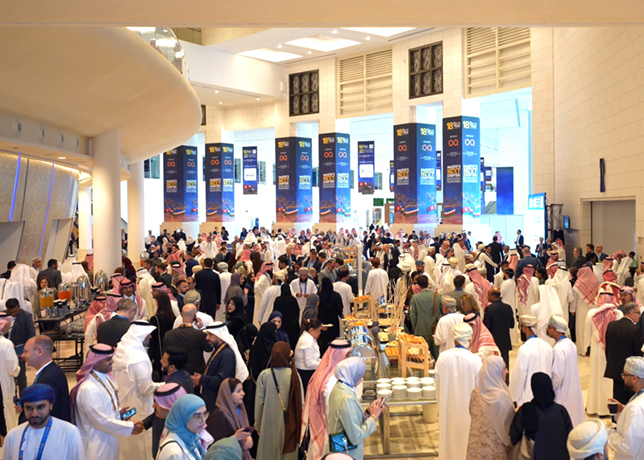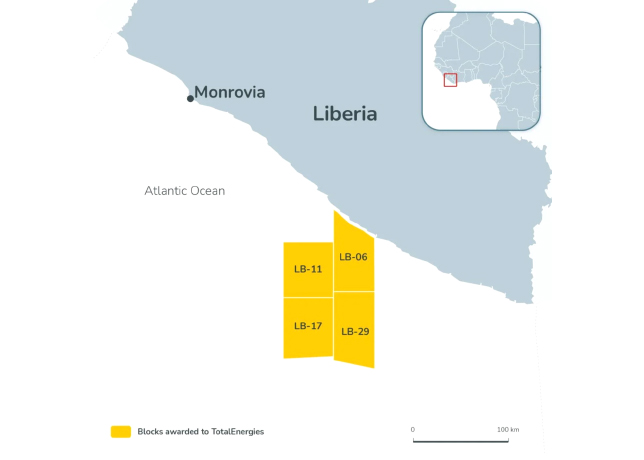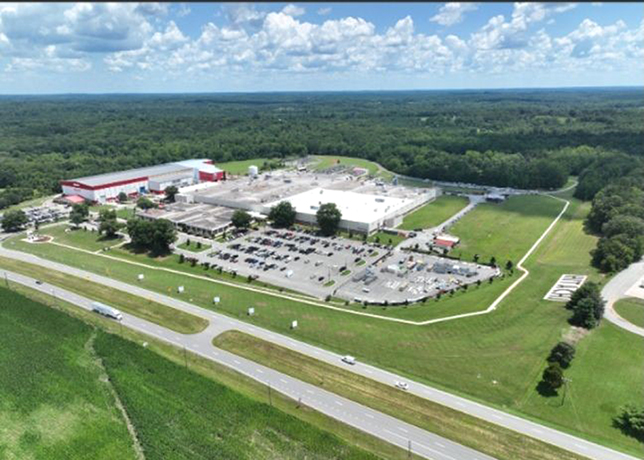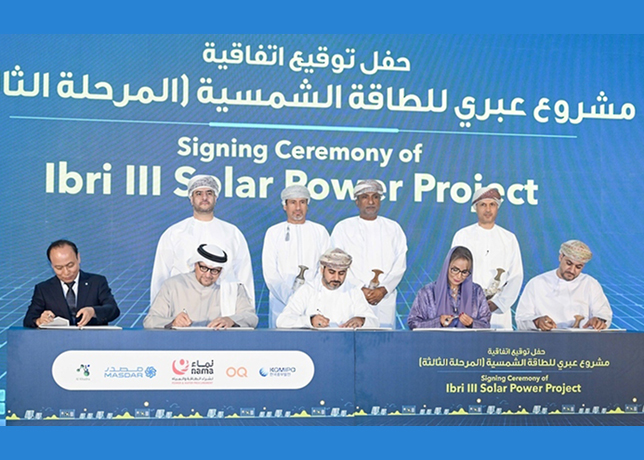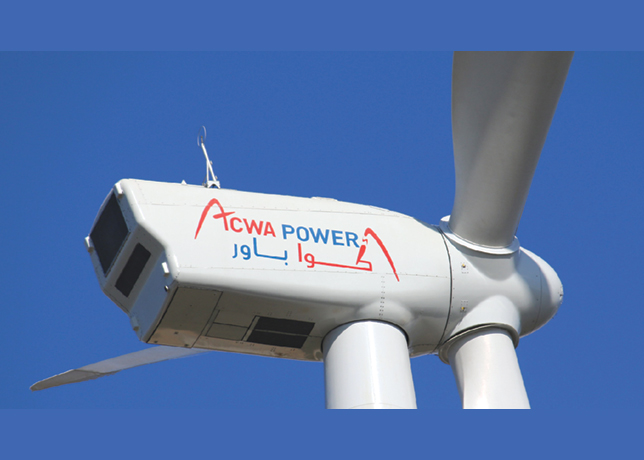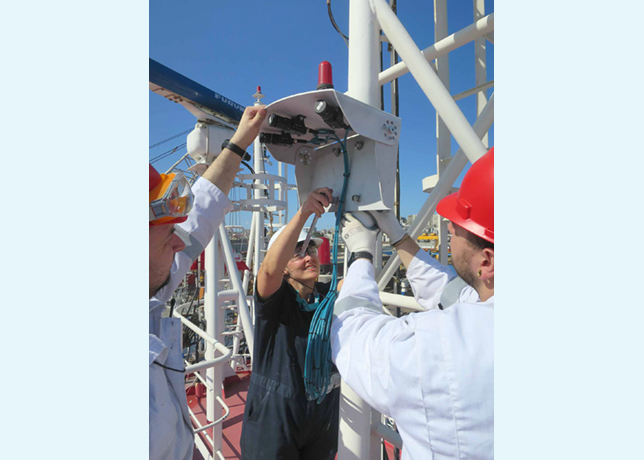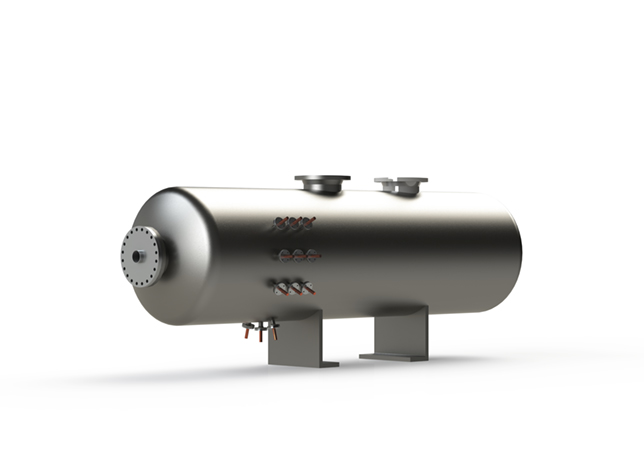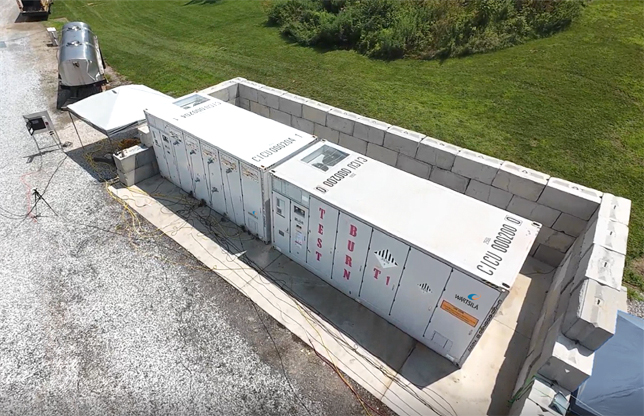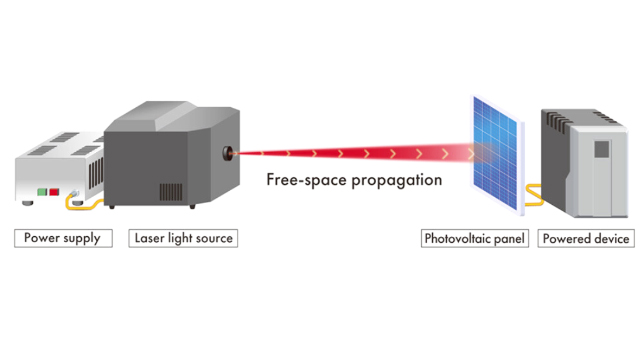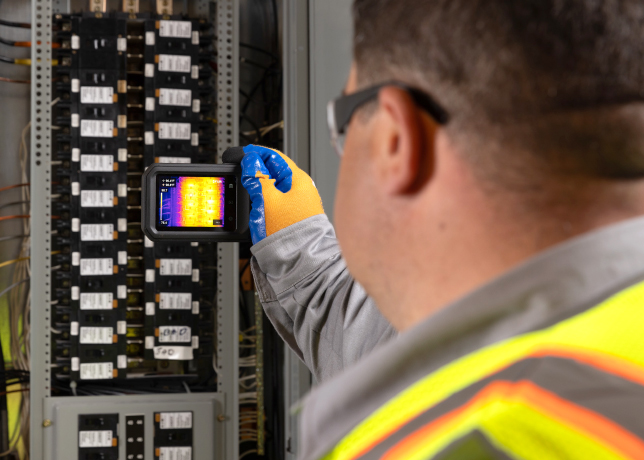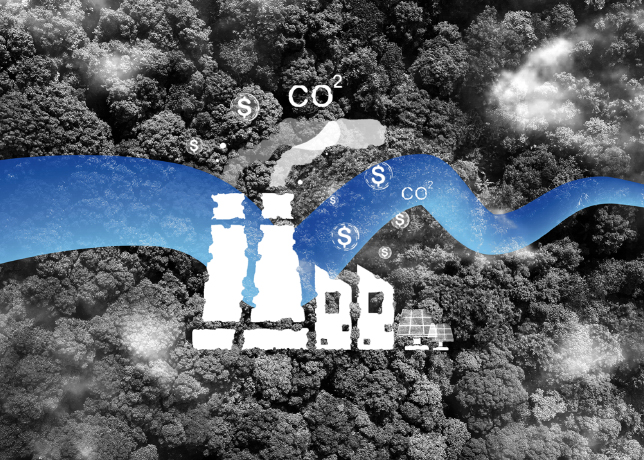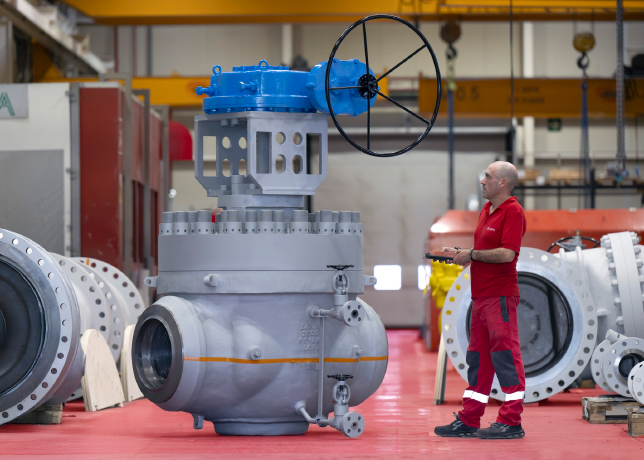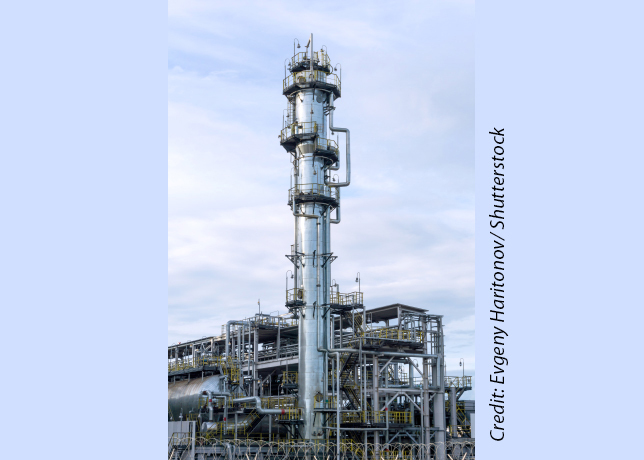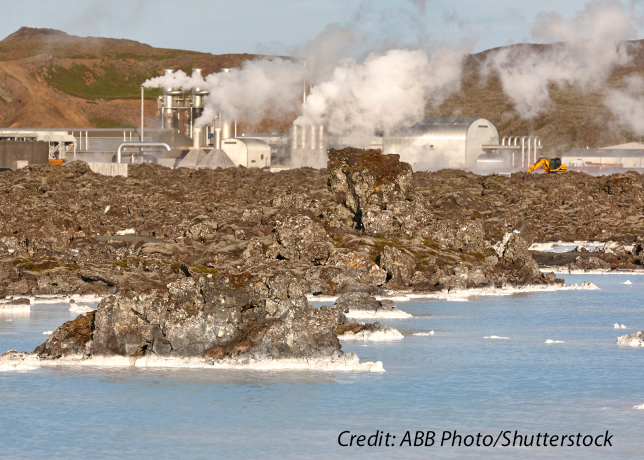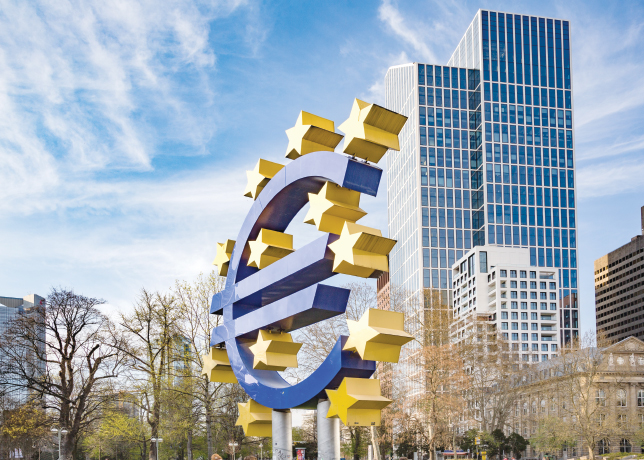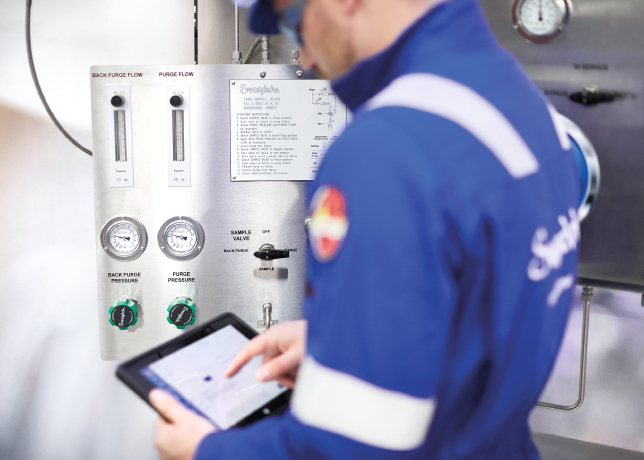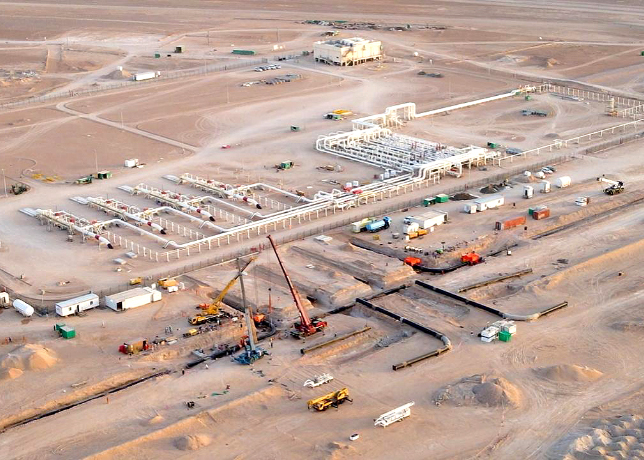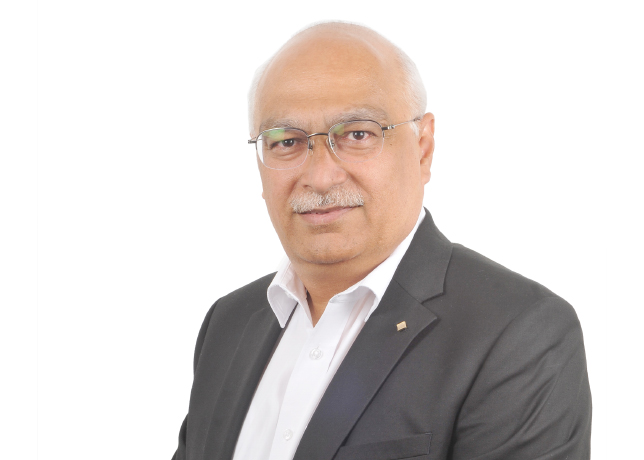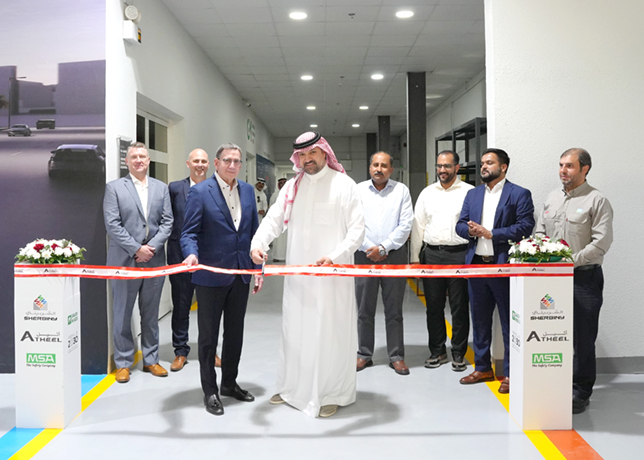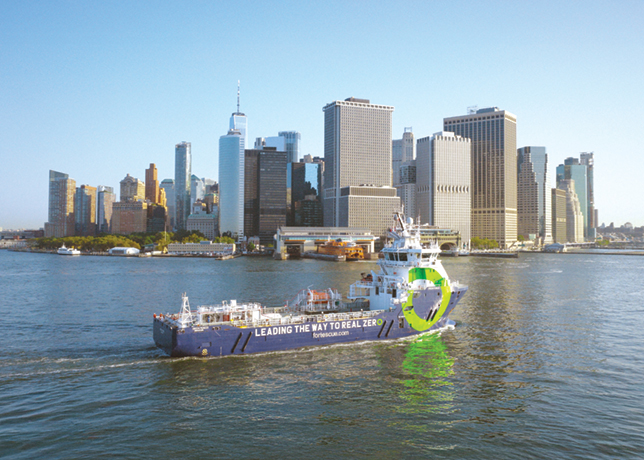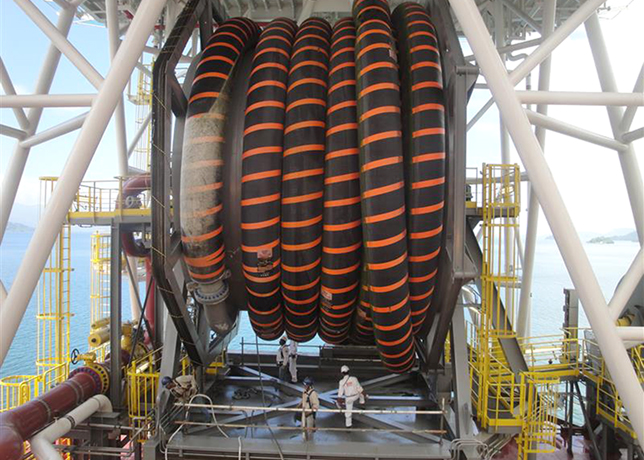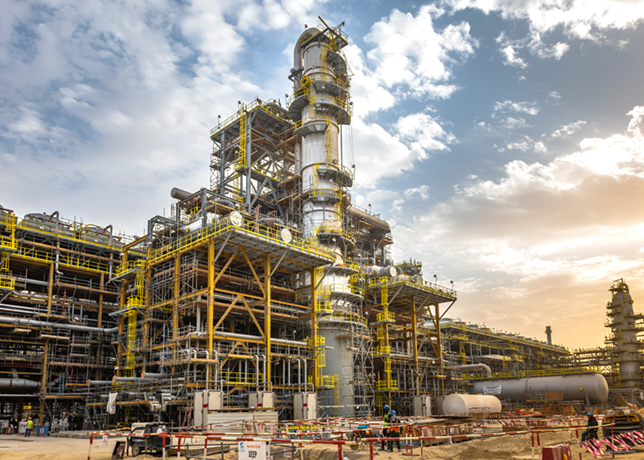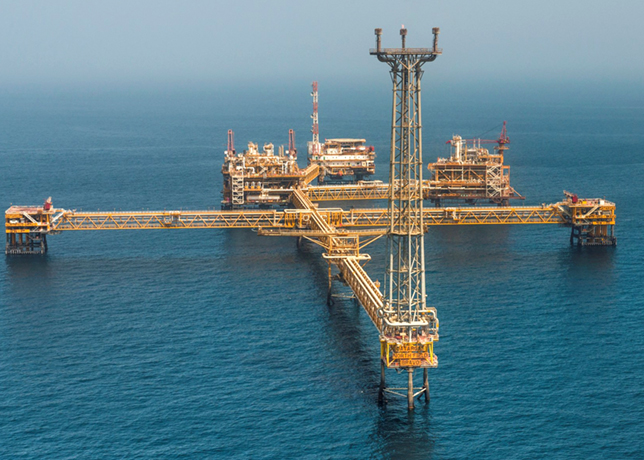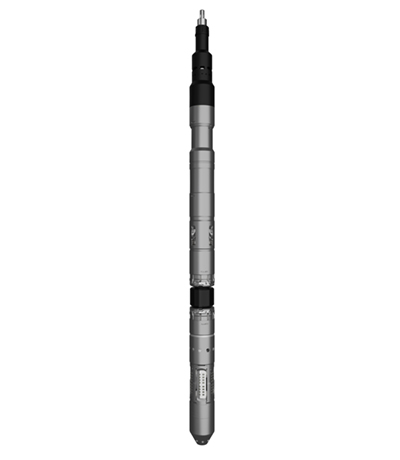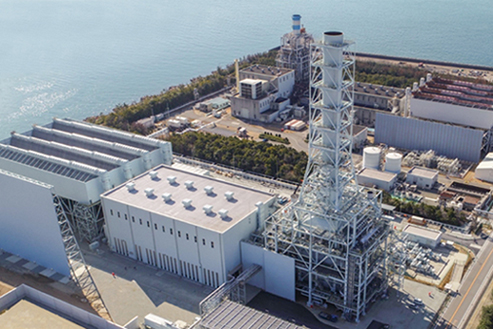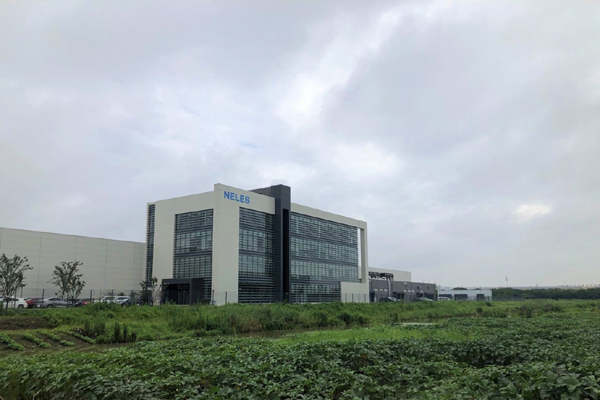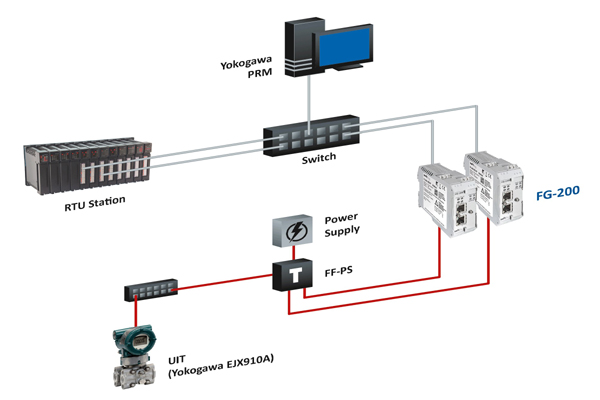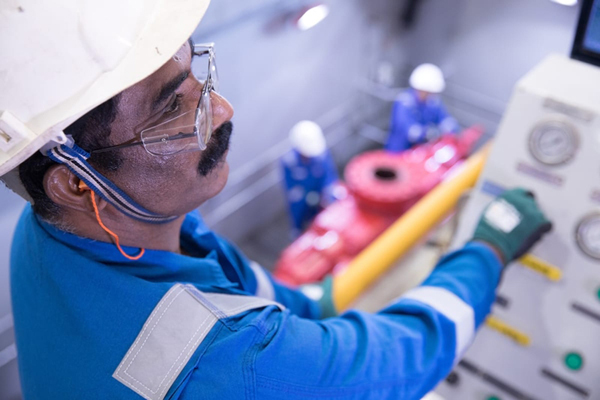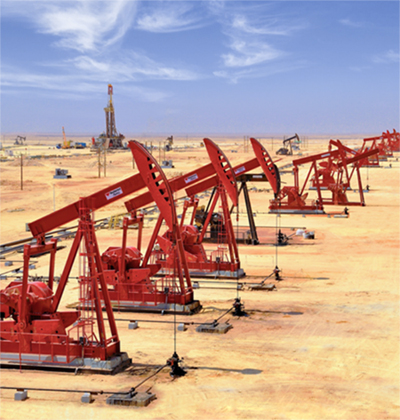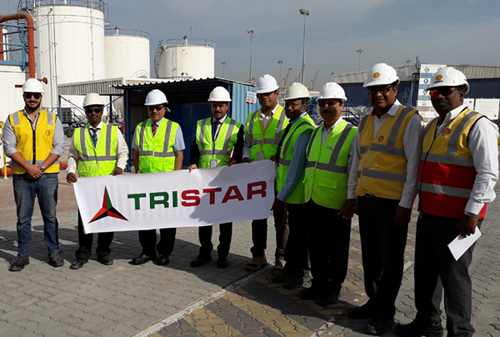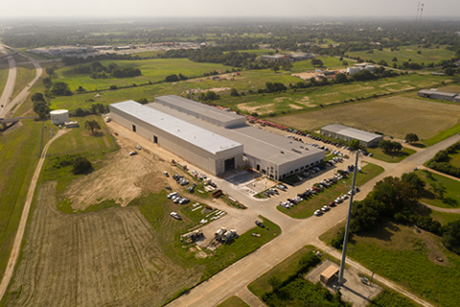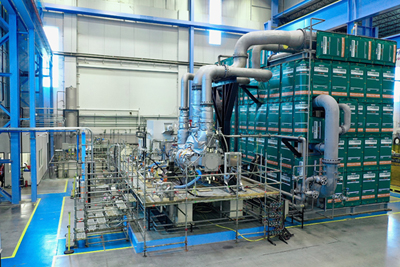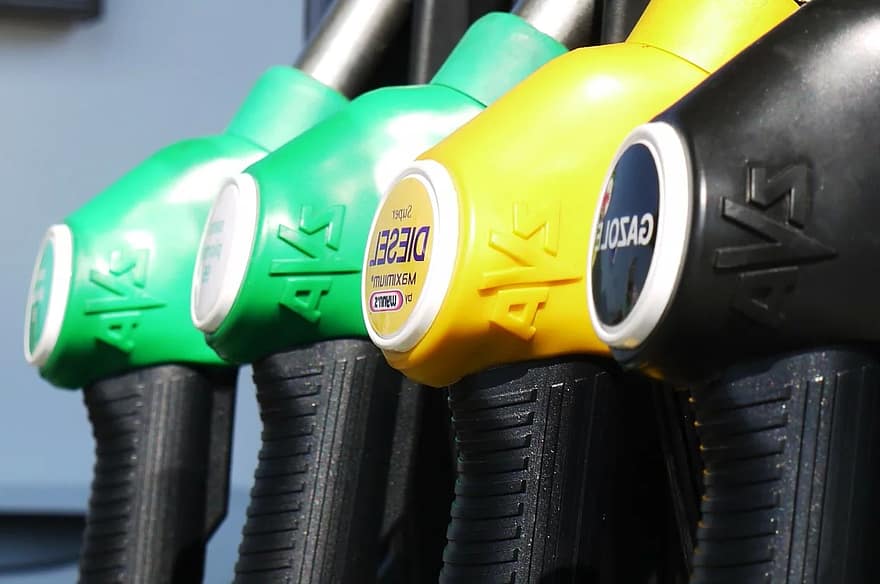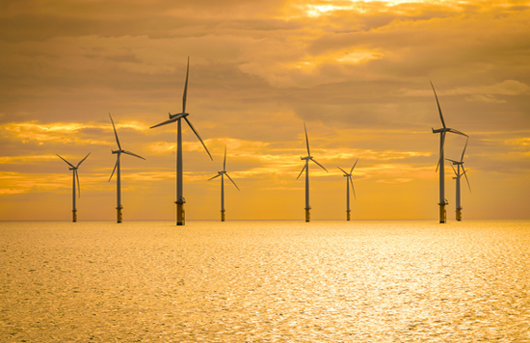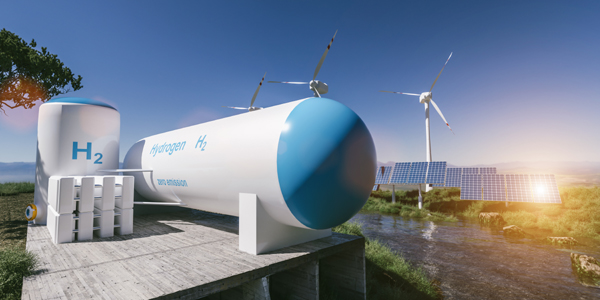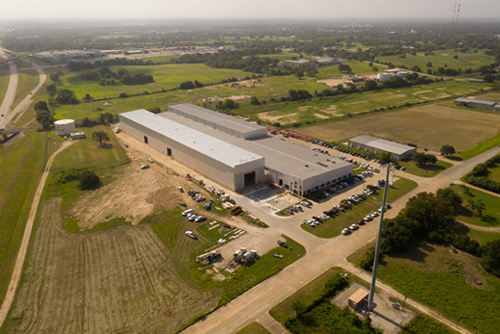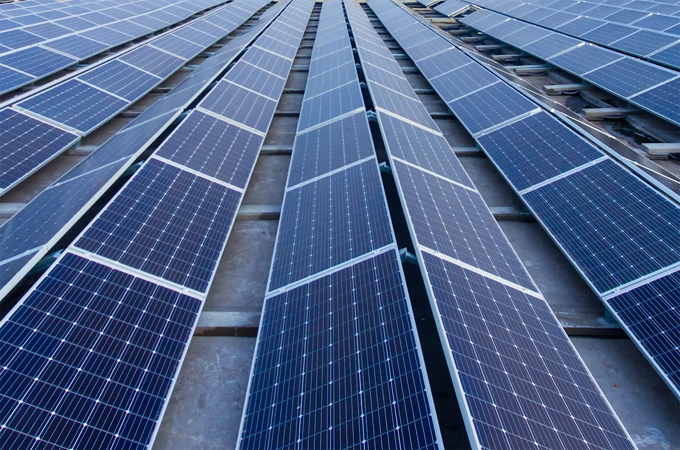
Renewable sources of electricity generation are continuing to grow strongly around the world, with global capacity expected to more than double by 2030, according to the International Energy Agency (IEA) latest medium-term forecast.
Led by the rapid rise
of solar PV, renewables’ expansion is taking place in a context of supply chain
strains, grid integration challenges, financial pressures and policy
shifts.
Renewables 2025, the
IEA’s main annual report on the sector, sees global renewable power capacity
increasing by 4,600 gigawatts (GW) by 2030 – roughly the equivalent of adding
China, the European Union and Japan’s total power generation capacity combined.
Solar PV will account
for around 80 per cent of the global increase in renewable power capacity over the next five
years – driven by low costs and faster permitting timeframes – followed by
wind, hydro, bioenergy and geothermal.
Geothermal
installations are on course to hit historic highs in key markets, including the
US, Japan,
Indonesia and a host of emerging and developing economies.
Rising grid integration challenges are
renewing interest in pumped-storage hydropower, whose growth is expected to be
almost 80 per cent faster over the next five years compared with the previous five.
In emerging economies
across Asia, the Middle East and Africa, cost competitiveness and stronger
policy support are spurring faster growth of renewables, with many governments
introducing new auction programmes and raising their targets.
India is on course to
become the second-largest renewables growth market globally, after China, and
is expected to comfortably reach its ambitious target by 2030.
At the company level,
confidence in renewables remains strong.
Most major developers have either maintained
or raised their 2030 deployment targets compared with last year, reflecting
resilience and optimism in the sector.
Offshore wind stands
apart, however, with a weaker growth outlook – around a quarter lower than in
last year’s report – resulting from policy changes in key markets, supply chain
bottlenecks and rising costs.
“The growth in global
renewable capacity in the coming years will be dominated by solar PV – but with
wind, hydropower, bioenergy and geothermal all contributing, too,” said Fatih Birol, IEA Executive Director . “Solar PV is on
course to account for some 80 per cent of the increase in the world’s renewable
capacity over the next five years. In addition to growth in established
markets, solar is set to surge in economies such as Saudi Arabia, Pakistan and
several Southeast Asian countries. As renewables’ role in electricity systems
rises in many countries, policy makers need to play close attention to supply
chain security and grid integration challenges.”
The report’s outlook
for global renewable capacity growth is revised downward slightly compared with
last year, mainly due to policy changes in the US and in China.
The early phase-out of
federal tax incentives along with other regulatory changes in the US lowered our growth
expectations for renewables in the US market by almost 50 per cent compared with
last year’s forecast.
China’s shift from
fixed tariffs to auctions is impacting project economics, resulting in a
reduction in our forecast for renewables’ growth in the Chinese market.
These adjustments are
partly offset by buoyancy in other regions – particularly India, Europe and
most emerging and developing economies – where growth prospects have been
revised upward due to ambitious new policies, expanded auction volumes, faster
permitting and rising deployment of rooftop solar.
Corporate purchase
power agreements, utility contracts and merchant plants are also a major
driver, together accounting for 30 per cent of global renewable capacity expansion to 2030
– doubling their share compared with last year’s forecast.
Solar PV is expected
to dominate renewables’ growth between now and 2030, remaining the lowest-cost
option for new generation in most countries, while wind power, despite its
near-term challenges, is still set for considerable expansion as supply bottlenecks
ease and projects move forward, notably in China, Europe and India.
Hydropower and other
renewable technologies will continue to play important roles in supporting
electricity systems and enhancing flexibility.
Global supply chains
for solar PV and rare earth elements used in wind turbines remain heavily
concentrated in China, underscoring ongoing risks to supply chain security.
While new investment
to diversify supply chains is taking place in countries around the world,
concentration in China for key production segments is set to remain above 90 per cent through 2030.
At the same time, the
rapid rise of variable renewables is placing increasing pressure on electricity
systems.
Curtailment and
negative price events are already appearing in more markets, signalling the
need for urgent investment in grids, storage and flexible generation.
Several countries are
beginning to respond with new capacity and storage auctions, but much more will
be needed to ensure that variable renewables are integrated in a cost-efficient
and secure way.
The role of renewables
in transport and heating is expected to rise in the coming years, but only
slightly. In the transport sector, their share of energy use is forecast to
increase from 4 per cent today to 6 per cent in 2030, driven mainly by renewable
electricity for EVs in China and Europe, with biofuels adding growth in Brazil,
Indonesia, India and other key markets.
Renewables’ share of energy used globally to provide heat for buildings and industry is set to increase from 14 per cent to 18 per cent over the forecast period. -OGN/ TradeArabia News Service











